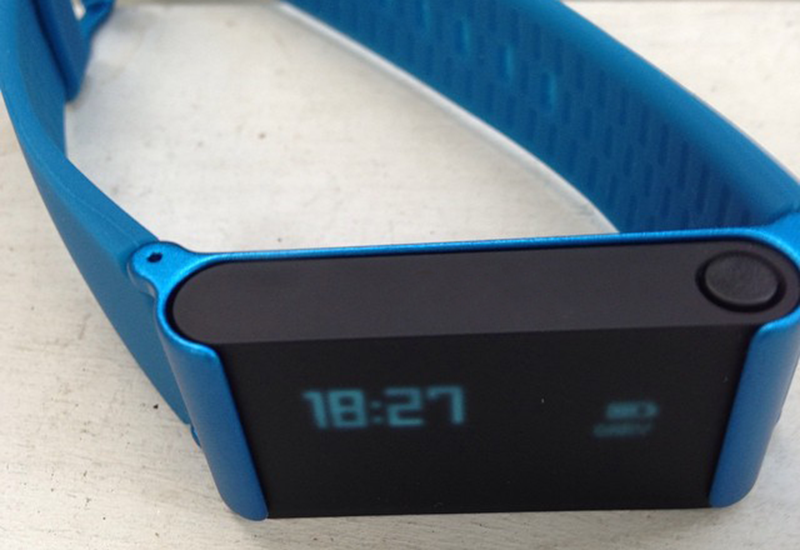Opioid crisis is reaching epidemic levels in the United States. According to HHS, 11.4 million people misused prescription opioids in 2016-17, and during the same period 42,249 people died from overdosing on opioids. Rehab clinics and healthcare professionals are desperately seeking a solution to this problem. Medtech companies are also developing devices, trying to ease this problem. Now, researchers from the Institute of Software Research at Carnegie Mellon University has developed a wearable device that can detect an opioid overdose and send out an alert to medical personnel, reports Digital Trends.
“The problem with opioid overdose deaths is that there is a narrow window of time to save them, and the users will not be in a state to call for help themselves,” Puneetha Ramachandra, a CMU student who worked on the project, told Digital Trends. “Our device solves this by continuously monitoring the user’s health, and if an overdose is detected, it calls for immediate help by sounding an alarm and also contacting the user’s emergency contact.”
Related DyAnsys Gets FDA Clearance For Its Wearable Device to Treat Opioid Addiction
The device is currently in prototype. It resembles a smartwatch and works by using pulse oximetry to measure light reflected back to the sensor from a wearers’ skin. Pulse oximetry is a noninvasive method for monitoring a person’s levels of oxygen saturation.
Opioid overdoses occur when there are so many opioids or a combination of opioids and other drugs in the body that the victim is not responsive to stimulation and/or breathing is inadequate. This happens because opioids fit into specific receptors that reduces the person’s drive to breathe. When a person cannot breathe or isn’t breathing enough, the oxygen levels in the blood decrease and the lips and fingers turn blue – this is called cyanosis. This lack of oxygen eventually stops other vital organs like the heart, then the brain. This causes a person to become unconscious, the he goes into a coma, and then death occurs. With opioid overdoses, surviving or dying wholly depends on breathing and oxygen. Fortunately, during this process, people stop breathing slowly, which usually happens minutes to hours after the drug was used. When emergency medical personnel find people “dead with a needle in their arm,” more often there is time to intervene between the moment an overdose starts and before the victim dies.
Related This Canadian Startup is Developing a Wearable That Could Prevent Drug Users From Overdosing
With this new device, when a person’s blood oxygen level drops for more than 30 seconds, the wearable opioid overdose detector triggers an alarm. This allows medical personnel to respond more quickly, administer the drug naloxone – which reverses the effects of opioids by binding to the opioid receptors – and attempt to reverse the overdose.













